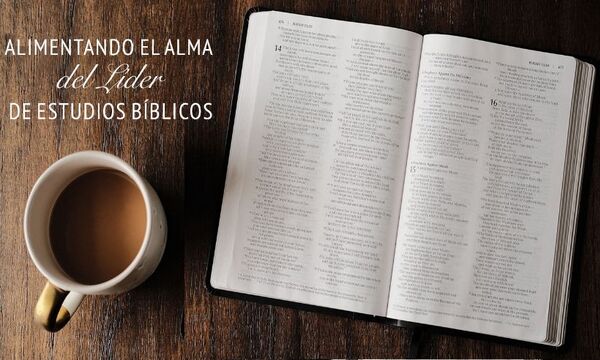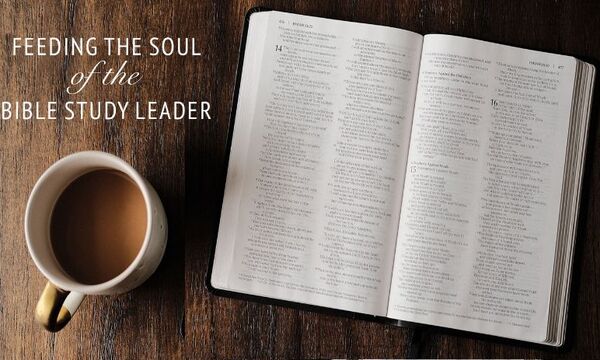The following excerpt was taken from the new DVD Bible study series, Last Days of Jesus. You can learn more about the series here, and you can purchase the DVD series here.
The Old Testament background is very helpful for understanding the deeper meaning of the New Testament scriptures. In the transfiguration account, we read in Matthew 17 that Jesus “was transfigured before them. His face shone like the sun, and his clothes became as white as the light.” We remember that in the Old Testament, after Moses went up Mount Sinai to meet with God and receive the ten commandments, his face “was radiant,” and he wore a veil (Exodus 34:33-35). Matthew 17 is showing us that Jesus is the new (but better) Moses: not only is the face of Jesus radiant, but also his clothes. In addition, in the Jewish apocalyptic, intertestamental background, shining or white clothing often symbolized victory and was associated with the coming of Messiah. So, when we read that Jesus’s face shone and his clothes were white as light, we today might think, “That is pretty cool.” But a first century Jewish person would think of Moses and the coming Messiah, and connect Jesus to that expected Messiah.
In fact, as we hear the voice of God in Matthew’s Transfiguration account, this connection is confirmed: “While he [Peter] was still speaking, a bright cloud covered them, and a voice from the cloud said, ‘This is my Son, whom I love; with him I am well pleased. Listen to him!’” God's voice includes a command, “Listen to him!” This command again recalls the ministry of Moses and Deuteronomy 18:15 where God says to Moses, “The LORD your God will raise up for you a prophet like me from among your own brothers. You must listen to him.”
The shining face and clothes, and God’s command to listen to Jesus, all point to Jesus as the expected prophet like Moses, the coming Messiah, who would teach God’s people the deeper meaning of the Ten Commandments and what it means to obey and follow God under the new covenant.
 Biola University
Biola University
.jpg)


.jpg)